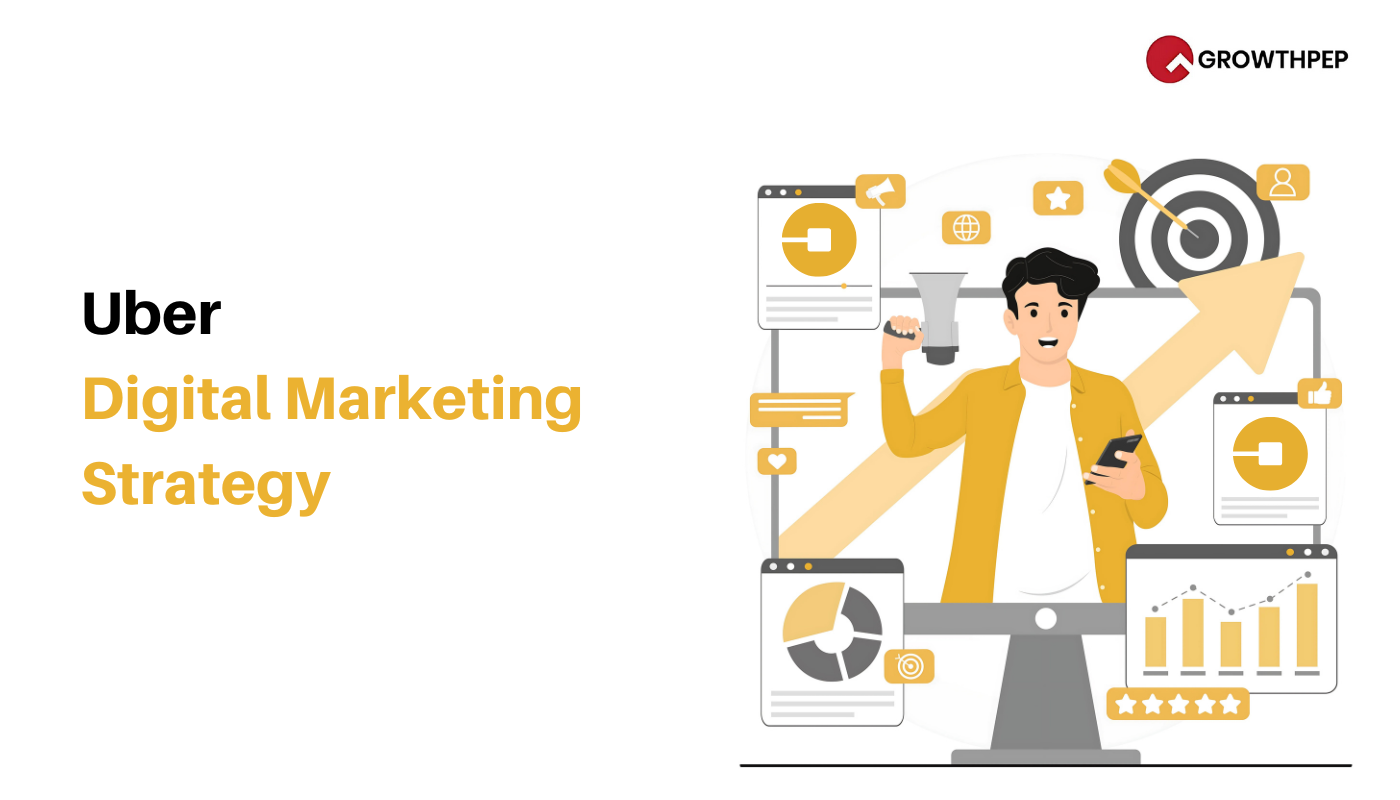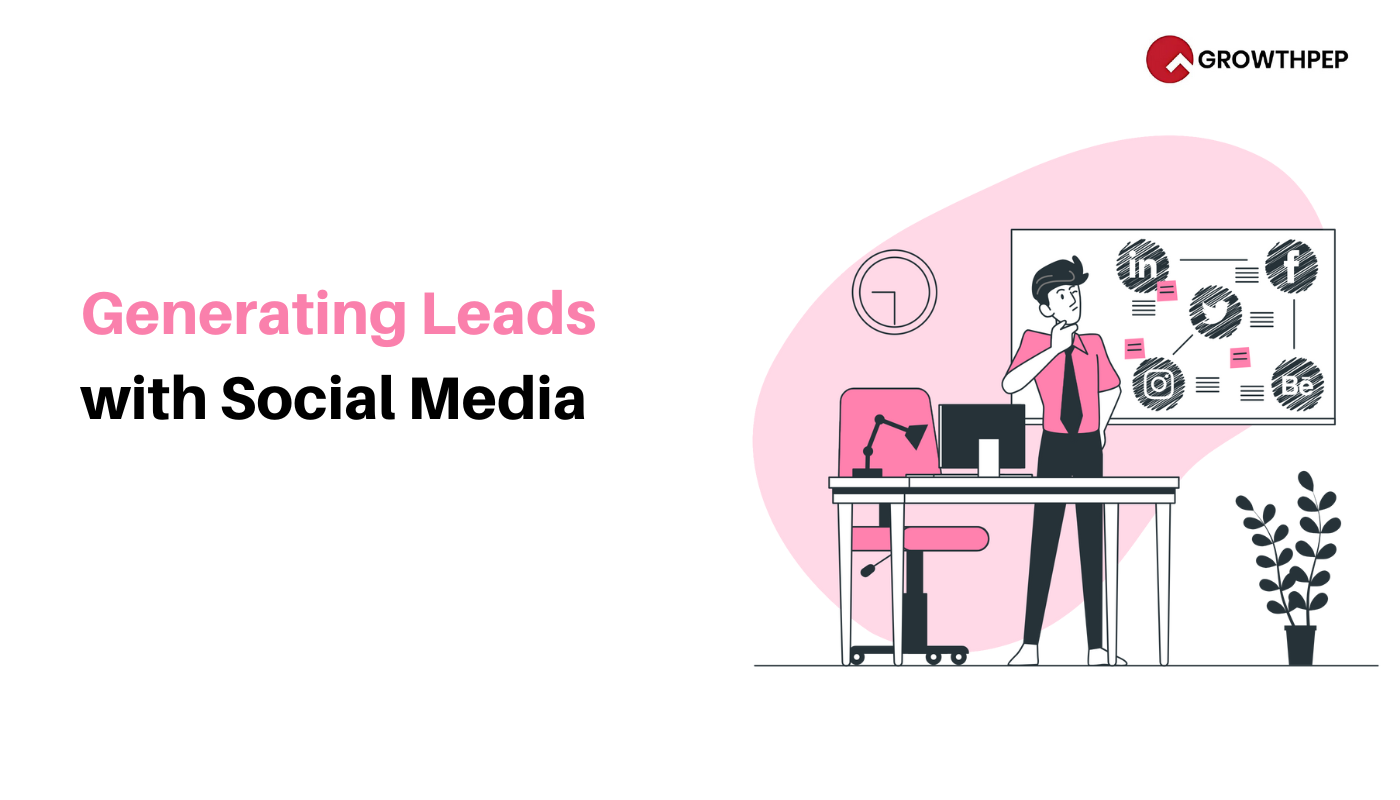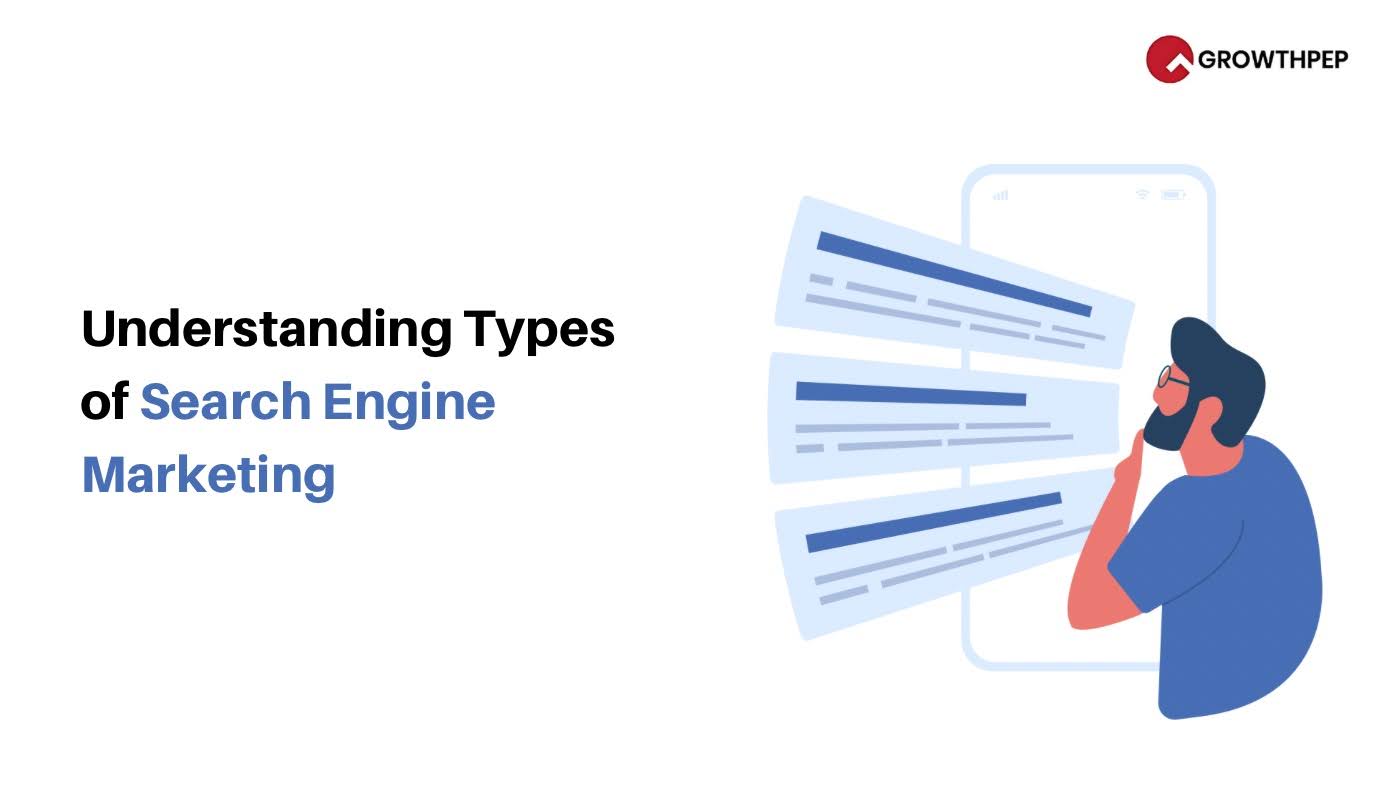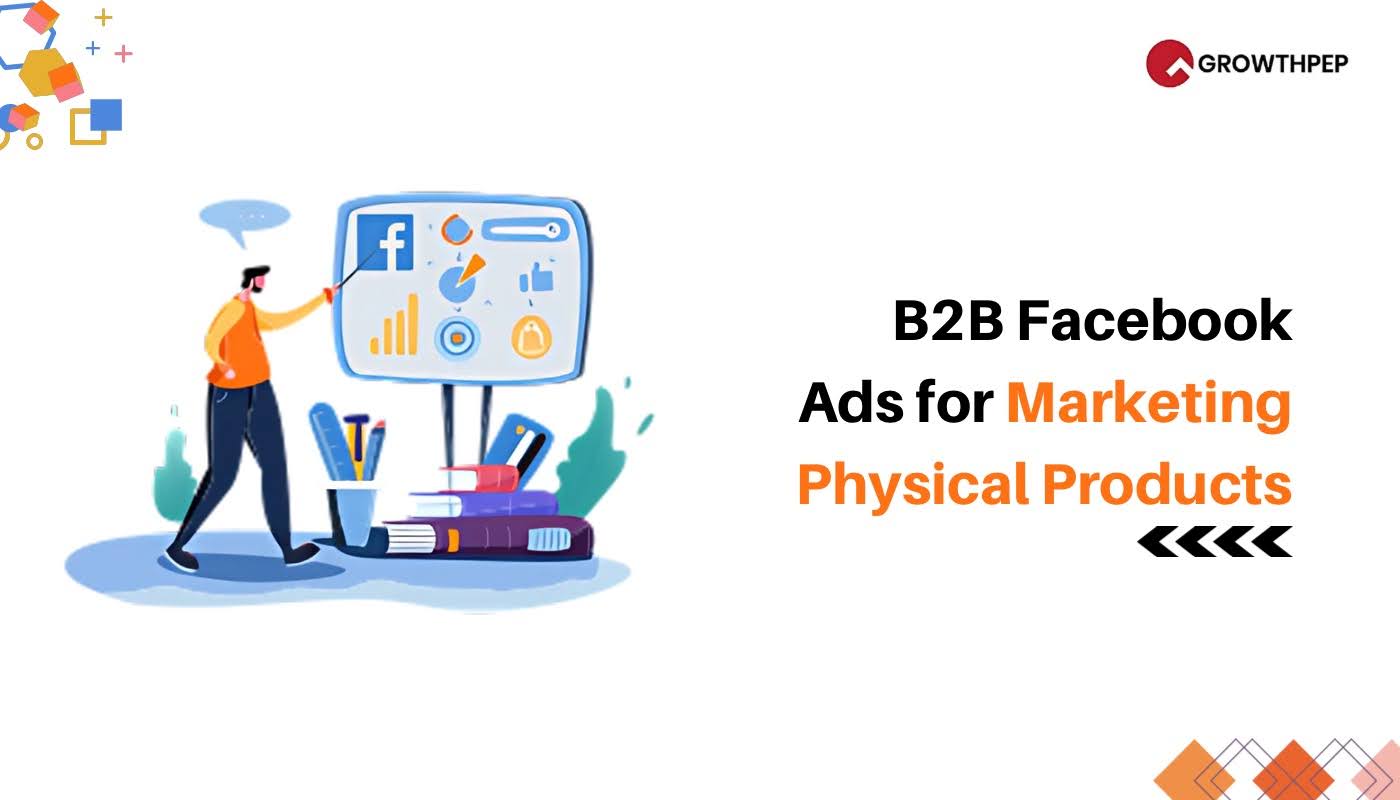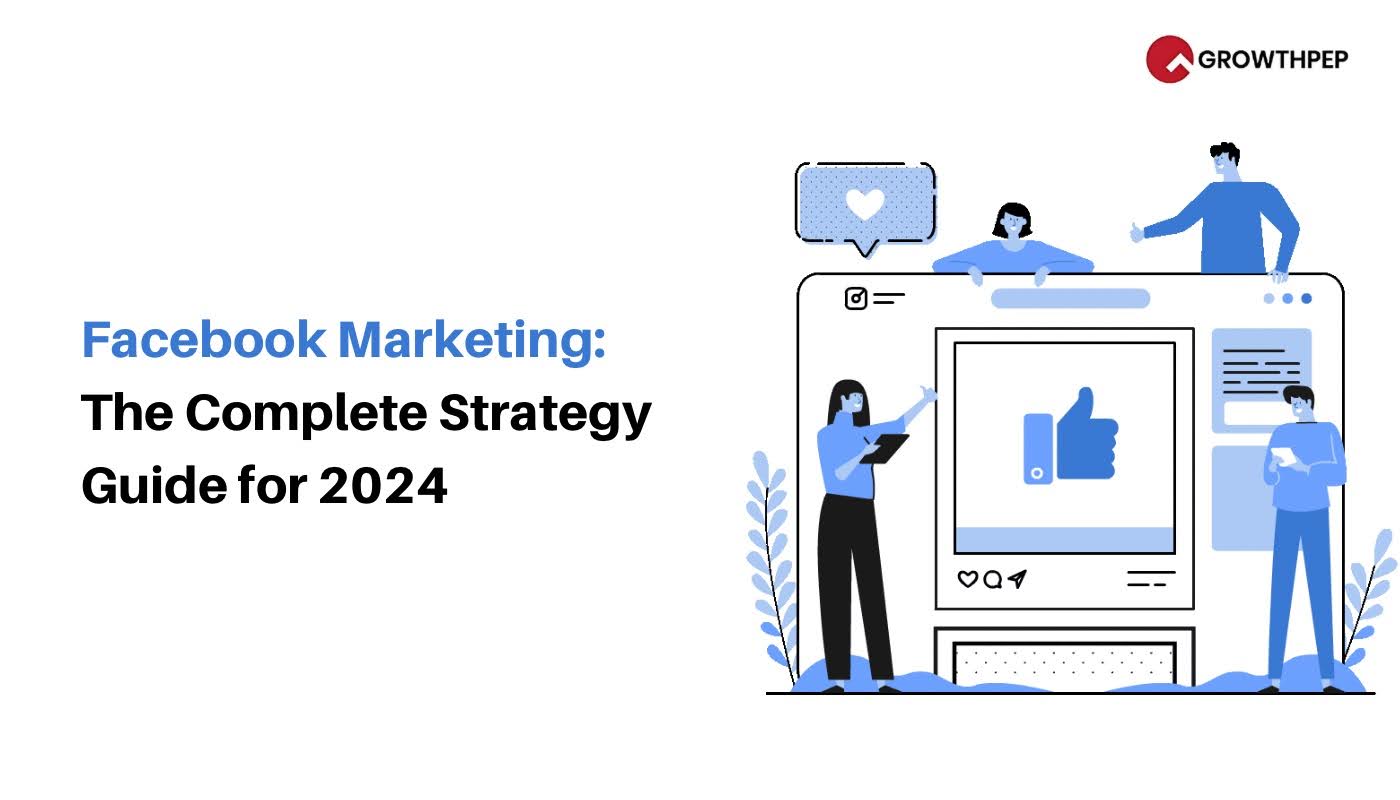Understanding Uber’s Digital Marketing Strategy and its Successes
Have you ever wondered if a ride-hailing app can drive you places and drive marketing geniuses crazy with its success? Meet Uber!
Uber’s digital marketing success offers valuable lessons for founders running internet businesses, whether you’re focused on lead generation or eCommerce. Using data, automation, and targeted campaigns, Uber has mastered customer acquisition and retention.
Uber rose to prominence as a sharing economy services provider in its first ten years, with 150 million monthly customers by the end of 2023. In 2023, Uber will have operated in 70 countries and completed over 9.4 billion journeys.
If you’re looking to grow your online business, studying Uber’s strategies can provide a roadmap for optimising your marketing efforts. This guide will explain how Uber’s approach can be adapted to your digital business, from launch to scaling, ensuring you stay ahead of the competition.
We will also explore how Uber measures brand impact, understands branding challenges, and decides when to invest in brand marketing.
Uber’s Top 9 Digital Marketing Strategies
Uber’s digital marketing strategy is multifaceted. It uses advanced analytics and technology to optimise its advertising efforts. Central to its success is the concept of Uber’s performance marketing, which prioritises measurable results and data-driven decisions. Using sophisticated algorithms, Uber can precisely target potential customers, ensuring that every marketing dollar spent is directed toward the most relevant audience.
Let’s understand the marketing strategies used by Uber in detail.
- Paid Search and Display Advertising
Paid search advertising has been a critical component of Uber’s digital marketing approach. By bidding on keywords related to transportation, ride-hailing, and mobility, Uber ensures that its ads appear at the top of search engine results when users search for relevant terms. Uber’s performance marketing team continually optimises its search campaigns based on the keywords that drive the most conversions, ensuring its budget is spent efficiently.
Example: Every line in the above advert speaks volumes about Uber as a brand, by touching almost every segment of the society. Believe it or not, all of this information that Uber tried to convey, was created, designed, and fed in a short 1 minute and 30 seconds video. Masterstroke! I believe, to my knowledge, this is the first really big marketing campaign Uber has started in India, ranging right from print media, television, radio, and digital media. This is because Uber was not completely ready for the Indian market, but with the advent of this commercial, Uber has truly shown the country that they are ready to take on the market. However, they had an ad campaign of “Isse apni gaadi samjho” and this was just the perfect extension of the same ad.
In addition to paid search, display advertising plays a significant role in Uber’s marketing strategy. Through platforms like Google Display Network and programmatic advertising, Uber can show ads to potential customers as they browse the web, use apps, or watch videos online. According to data published by Adwired, 6.7 per cent of analysed media content positively described Uber’s innovation.
Let’s explore a great example of advertising, Elvis Presley’s You’re the Boss adds its coolness to the film, which was directed by Kim Gehrig and created by BBH London. The TVC was filmed in one shot, which meant that there were days of rehearsals to make sure the choreographed piece flowed across 60 seconds, that the story in each nightclub registered, and that it told the overarching story of an evening out and about made easy by Uber. This approach has resulted in substantial lead generation, as evidenced by their spending of over $2 million on display advertising in just six months.
For businesses aiming to fine-tune their targeted advertising like Uber, customised strategies similar to those offered by Growthpep could be the key.
- Social Media Marketing
Social media has been another powerful tool in Uber’s digital marketing approach. Platforms like Facebook, Instagram, Twitter, and TikTok allow Uber to engage with users more personally, sharing promotions, product updates, and user-generated content to build brand awareness and loyalty.
Social media platforms are also a key channel for Uber’s performance marketing efforts, as they allow the company to create highly targeted ads based on user demographics, interests, and behaviours. One reason Uber has been so successful on social media is its ability to tap into local culture and tailor its messaging to different markets.
With all this happening since late 2016 the total value of Uber bookings worldwide has grown more than five times, reaching over 37.6 billion U.S. dollars in the first quarter of 2022
For example, a notable campaign was their “Tonight I’ll be eating” initiative, utilising social media influencers and celebrities to enhance brand visibility during significant cultural moments, such as football season. This strategy increased brand awareness and drove app downloads and usage.
Check out more at https://www.instagram.com/uber/reels/
- Data-Driven Marketing
One key element of Uber’s performance marketing strategy is its data-driven marketing approach. Uber collects vast amounts of data from its users, drivers, and app interactions, allowing it to understand customer behaviour and preferences in real-time. By analysing this data, Uber can create personalised marketing campaigns that resonate with specific customer segments, ensuring that its advertising efforts are highly targeted and effective.
Uber promotes its services using various digital channels, including social media, email marketing, search engine marketing (SEM), and display advertising.
Look at the website traffic assessment report:
Each channel plays a crucial role in Uber’s overall performance marketing strategy, allowing the company to reach potential customers across multiple touchpoints. The key to Uber’s success in these channels lies in its ability to deliver the right content at the right time, using data to guide its targeting and messaging decisions.
For instance, the company analyses user behaviour and preferences to create targeted ads that resonate with specific demographics. This strategy has led to increased engagement and conversion rates, as seen in their partnership with Instacart, where targeted ads for food delivery significantly boosted user interaction on the platform. In the fourth quarter of 2023, Uber generated gross bookings of 37.58 billion U.S. dollars worldwide.
- Referral Programs
Uber’s digital marketing approach also includes referral programs to drive customer acquisition. From its early days, Uber has encouraged users to refer friends and family to the platform in exchange for free rides or credits. This word-of-mouth marketing strategy has been highly effective, as it uses the trust and influence of existing users to bring new customers on board.
The referral program is a crucial example of how Uber has integrated performance marketing principles into every aspect of its customer acquisition efforts. Especially Uber’s rideshare in the fourth quarter of 2023, 150 million people used the Uber app at least once per month. This is a 14.5 percent increase compared to the fourth quarter of 2022.
- App Store Optimisation (ASO)
Another critical component of Uber’s digital marketing approach is app store optimisation (ASO). Since Uber operates as a mobile app, the app must rank highly in app store search results for keywords related to transportation and ride-hailing. By optimising the app’s title, description, and keywords, Uber ensures that it appears in front of potential users when they search for related services in the Apple App Store or Google Play Store.
ASO is a key part of Uber’s performance marketing efforts. It helps the company attract new app downloads organically, reducing its reliance on paid user acquisition. Their global net revenue amounted to 37.28 billion U.S. dollars in 2023.
- Personalisation and Dynamic Messaging
A key aspect of Uber’s performance marketing strategy is its focus on personalisation. Uber tailors its messaging to individual users based on their past behaviour, preferences, and location. For example, a frequent user in London might receive a push notification offering a discount on their next ride during rush hour, while a new user in Los Angeles might receive an email welcoming them to the platform with tips on how to get the most out of the app. This level of personalisation not only improves the user experience but also increases the likelihood of conversion.
Uber also uses dynamic messaging in its marketing campaigns, ensuring ads are relevant to the user’s context. For instance, if a user is searching for a restaurant on Google Maps, Uber might show them an ad offering a discounted ride to that restaurant. By integrating its ads seamlessly and relevantly into the user’s journey, Uber increases the chances of driving conversions while delivering a more personalised and engaging experience.
Uber became a prominent sharing economy services provider, boasting 150 million users monthly by the fourth quarter of 2023.
- Influencer Marketing
Influencer marketing has also been integral to Uber’s digital marketing approach. By partnering with influencers with large, engaged audiences, Uber has been able to promote its services to new user segments authentically and relatable. Influencers create content highlighting their personal experiences using Uber, which resonates with their followers and builds trust in the brand. This type of content is particularly effective for Uber, as it uses the power of social proof to drive new user acquisition. Uber operates in 70 countries, with over 9.4 billion trips carried out in 2023
- Multi-Channel Approach
Uber employs a multi-channel approach to effectively reach its audience. The brand utilises various platforms, including social media, search engines, and email marketing, to create a cohesive marketing experience. Each channel serves a unique purpose: increasing brand awareness, driving app downloads, or encouraging repeat usage. This strategy ensures that Uber remains top-of-mind for consumers in a highly competitive market.
They combined TV ads and digital marketing efforts to maximise reach across different audience segments. This comprehensive approach has led to a reported 10% increase in campaign reach.
Also you’ll be shocked to know that Uber Eats was responsible for 47 percent of total food delivery bookings in the United States in 2023.
- Content Marketing
Content marketing plays a vital role in Uber’s strategy. The company regularly produces engaging content that promotes its services and adds value to its audience. The content is designed to educate and inform, from blog posts about safe riding practices to videos showcasing the benefits of using Uber. This approach helps Uber establish itself as an authority in transportation, further enhancing its brand image. In 2023, the mobility services company’s net sales exceeded 37 billion US dollars.
For instance, blog posts detailing how to maximise savings with Uber’s services or videos showcasing driver experiences help build community trust and encourage app usage.
Also, have you ever thought about what fuels Uber’s powerful marketing engine? Dive into the data-driven heart of it all with us.
Also Read: Guide to Generating Leads With Facebook Ads
The Role of Brand Data Science at Uber
For founders in the Internet business space, understanding how to use brand data science can help them make informed decisions, tailor their offerings, and enhance their marketing effectiveness, ultimately driving growth in their ventures. The roles of brand data science are:
Utilising Big Data
Uber collects vast amounts of data from its users, drivers, and partners. This data is analysed to identify patterns and trends, enabling Uber to make informed decisions about its marketing strategies. For instance, if data indicates a surge in ride demand during specific events or times of day, Uber can adjust its advertising efforts accordingly, focusing on Uber’s performance marketing initiatives that align with consumer needs.
Predictive Analytics
Predictive analytics is another essential tool in Uber’s arsenal. By employing advanced algorithms, Uber can forecast future trends and behaviours. This capability allows the company to be proactive in its marketing efforts, optimising campaigns for maximum effectiveness. For example, if predictive analytics suggest an upcoming increase in ride demand in a particular area, Uber can ramp up advertising in that region to capitalise on the anticipated surge.
A/B Testing
A/B testing is a standard digital marketing practice, and Uber uses this technique extensively. By testing different versions of advertisements or promotional messages, Uber can determine which variations perform best. This iterative process enables the company to refine its marketing strategies continually and ensure that it maximises return on investment (ROI). The focus on Uber’s performance marketing ensures that every campaign is data-driven and results-oriented.
Next, break down how Uber tracks its marketing ROI to ensure every dollar counts.
Also Read: Performance Marketing Strategies in E-commerce 2024
Analysing Marketing Spend and Effectiveness
Measuring marketing spending effectiveness is crucial for any organisation, and Uber is no exception. The company invests heavily in marketing, and understanding the ROI of these investments is vital for long-term success. As founders looking to analyse your marketing spend and effectiveness in your businesses, understanding how companies like Uber evaluate their marketing ROI can offer valuable insights.
- Budget Allocation
Uber strategically allocates its marketing budget based on past performance and market trends, focusing on channels that yield the highest returns. For example, if social media ads drive more app downloads than traditional ads, more budget is directed toward digital efforts.
- Performance Metrics
Uber tracks key metrics like customer acquisition cost (CAC), lifetime value (LTV), and conversion rates to measure the effectiveness of its marketing spend. These KPIs help the company make data-driven decisions and adjust its budget for optimal results.
- Continuous Improvement
Uber continuously reviews and refines its marketing strategies by analysing data and optimising underperforming campaigns. This approach ensures ongoing competitiveness and efficiency in their marketing efforts.
After setting a solid foundation with performance marketing, let’s see how Uber is shifting gears toward building lasting relationships.
Also Read: Top 6 Tools for Search Engine Marketing in 2024
Transitioning to Brand Marketing
As founders who recognise the importance of brand marketing in their businesses, this shift highlights how establishing a deeper connection with customers can foster loyalty and drive sustainable growth. Like Uber, investing in brand marketing can help your company move beyond short-term gains and create lasting value.
- Building Brand Awareness: As Uber grew, brand awareness became a priority. To create a positive image, the company invests in campaigns that highlight its core values and mission, such as sustainability and community support.
If crafting a powerful brand presence is crucial for your business, Growthpep’s brand marketing services can help you create campaigns that resonate with your audience.
- Creating Emotional Connections: Uber’s shift to brand marketing includes forging emotional connections through storytelling and showcasing real user experiences, fostering loyalty and setting Uber apart from competitors.
- User-Generated Content: Uber leverages user-generated content (UGC) to amplify its brand presence. Encouraging users to share experiences on social media serves as authentic endorsements, boosting brand awareness and engagement.
Once a brand presence is built, measuring its footprint is essential, and Uber has a strategy for that, too.
Also Read: Strategies for Lead Generation in Digital Marketing
Measuring Brand Impact
As a founder, measuring the impact of your brand marketing efforts is essential for understanding their effectiveness and guiding future strategies. Uber employs various methods to evaluate brand performance and ensure that its investments yield positive results.
- Brand Health Metrics: Uber tracks brand awareness, perception, and loyalty through surveys and feedback to understand its market position. This helps the company refine its marketing strategies, addressing weaknesses and capitalising on strengths.
- Social Listening: Uber uses social listening tools to monitor conversations about its brand across social media. By analysing user sentiment, the company identifies trends, responds to concerns, and adjusts its marketing efforts accordingly.
- Longitudinal Studies: Uber conducts longitudinal studies to measure brand impact over time. This helps assess the effectiveness of brand marketing initiatives and informs future investment decisions.
Let’s understand how Uber handles its branding hurdles.
Also Read: Digital Marketing Strategies for Ecommerce: Tips and Examples
What are the Challenges Faced in Branding?
Despite its successes, Uber faces several challenges in its branding efforts. Understanding these challenges is crucial for maintaining a positive brand image and ensuring continued growth.
- Competition
The ride-hailing industry is highly competitive, with numerous players vying for market share. Uber must continuously differentiate itself from competitors through effective branding. This differentiation can be achieved by emphasising unique value propositions, such as superior safety features, user experience, and community engagement.
- Negative Public Perception
Uber has faced criticism over the years, including concerns about driver treatment, safety incidents, and regulatory challenges. Addressing these issues is vital for maintaining consumer trust and loyalty. The company invests in brand marketing campaigns to communicate its commitment to safety, transparency, and corporate responsibility. By actively engaging with consumers and addressing concerns, Uber can mitigate negative perceptions and strengthen its brand.
- Adapting to Market Changes
Uber must remain agile in its branding efforts. Changes in consumer preferences, technology, and regulatory environments require Uber to adapt its marketing strategies accordingly. The focus on Uber’s performance marketing ensures that the company remains responsive to market changes and can pivot its branding efforts as needed.
- Deciding When to Invest in Brand Marketing
Understanding when to invest in brand marketing is crucial for maximising returns. Uber considers several factors when balancing short-term performance with long-term brand building.
- Market Conditions
Uber evaluates market conditions to determine the appropriate timing for brand marketing investments. For instance, Uber may prioritise brand marketing to strengthen its position during increased competition or market saturation periods. Conversely, in times of rapid growth, the company may focus on performance marketing to drive user acquisition.
- Business Goals
Aligning brand marketing investments with overall business goals is essential. A robust brand marketing campaign can help Uber establish its presence and credibility if it aims to expand into new markets or introduce new services. Performance marketing may take precedence if the goal is to boost short-term revenue.
- Consumer Insights
Ultimately, consumer insights drive Uber’s decision-making process. Uber can determine when to allocate resources to brand marketing by analysing user behaviour, preferences, and feedback. If data suggests a need for increased brand awareness or a shift in consumer perception, Uber can strategically invest in branding efforts to address those needs.
Conclusion
Uber’s digital marketing strategy is a testament to the power of Uber’s performance marketing and its ability to drive growth and success. By using data, targeted advertising, and transitioning to brand marketing, Uber has established itself as a leader in the transportation industry. The company’s focus on measuring brand impact, understanding challenges, and making strategic decisions about marketing investments ensures that it remains responsive to consumer needs and market dynamics. As Uber continues to innovate and adapt, its digital marketing strategy will undoubtedly play a pivotal role in shaping its future successes.
If you’re looking to achieve similar success for your business with an ROI-driven approach, Growthpep is the ideal partner. Growthpep specialises in performance marketing, offering services like social media marketing, search engine marketing, lead generation, and e-commerce sales.
Ready to take your business to the next level? Let Growthpep’s performance marketing expertise guide you to success! Contact Growthpep today to get started.
FAQs
- What makes Uber’s digital marketing strategy unique?
Uber’s digital marketing strategy stands out due to its seamless integration of both online and offline channels. The company leverages data analytics, user personalisation, and targeted advertising across various digital platforms. Uber’s referral and loyalty programs are key customer acquisition and retention drivers, making it a standout strategy in the ride-hailing and delivery industries.
- How does Uber use social media to enhance its brand?
Uber actively engages with its audience on social media platforms like Facebook, Instagram, and Twitter. The company promotes its services through targeted ads, influencer partnerships, and word-of-mouth marketing. By sharing user-generated content and offering timely discounts, Uber boosts its online presence and builds intense brand loyalty.
- How do Uber’s marketing campaigns contribute to its success?
Uber’s digital marketing campaigns are designed to capture attention and build long-term customer loyalty. With well-planned campaigns like “Uber Rewards” and various promotional discounts, the company attracts new users and ensures existing customers keep coming back. By focusing on user experience and continually optimising campaigns based on data, Uber has achieved sustained success in multiple markets worldwide.

